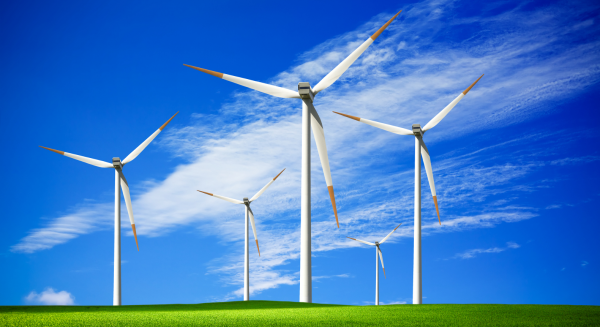DNV GL calls stakeholders from the wind energy sector to participate in a new Joint Industry Project (JIP) that aims to explore the use of light detection and ranging (LIDAR) to measure wind speed Turbulence Intensity (TI) for various applications in the wind industry.
Namely, in order to assess and verify the feasibility of new wind energy projects, it is important to measure meteorological conditions as wind speed and TI. Up to now, DNV GL and the IEC reported that these measurements must be made using the meteorological masts, such as tall towers equipped with cup and sonic anemometers. Yet, their installation is expensive.
[smlsubform prepend=”GET THE SAFETY4SEA IN YOUR INBOX!” showname=false emailtxt=”” emailholder=”Enter your email address” showsubmit=true submittxt=”Submit” jsthanks=false thankyou=”Thank you for subscribing to our mailing list”]
In light of the cost-challenges, the development of LIDAR technology brought an innovating way to measure turbine certification. Specifically, the floating LIDARs make it possible to conduct measurements in previously inaccessible locations such as deep-water sites and enable more accurate energy yield assessment.
Consequently, LIDAR enables a cheaper wind energy, both offshore and onshore.
Moreover, LIDAR is the preferred technology when it comes to wind measurements and various methods for deriving TI information from LIDAR measurements have been proposed in research settings. However, the LIDAR methods haven’t been globally certified so they’re not widely accepted by certification bodies, insurers or authorities.
In support of LIDAR, Kim Mørk, Executive Vice President Renewables Certification at DNV GL commented
Launching this Joint Industry Project is an important step in making LIDAR-measured Turbulence Intensity certifiable and accepted by different wind energy stakeholders… The positive feedback we have already received from potential partners shows the strong desire within the industry for a new guideline.
Concluding, according to DNV GL, the JIP is ideal for wind turbine and LIDAR manufacturers, wind farm developers, universities and research facilities, consultants and measurement institutes that are looking for guidelines to use LIDAR TI measurements for different applications.
DNV GL has opened the call for partners, and calls the organisations interested to join.






























































